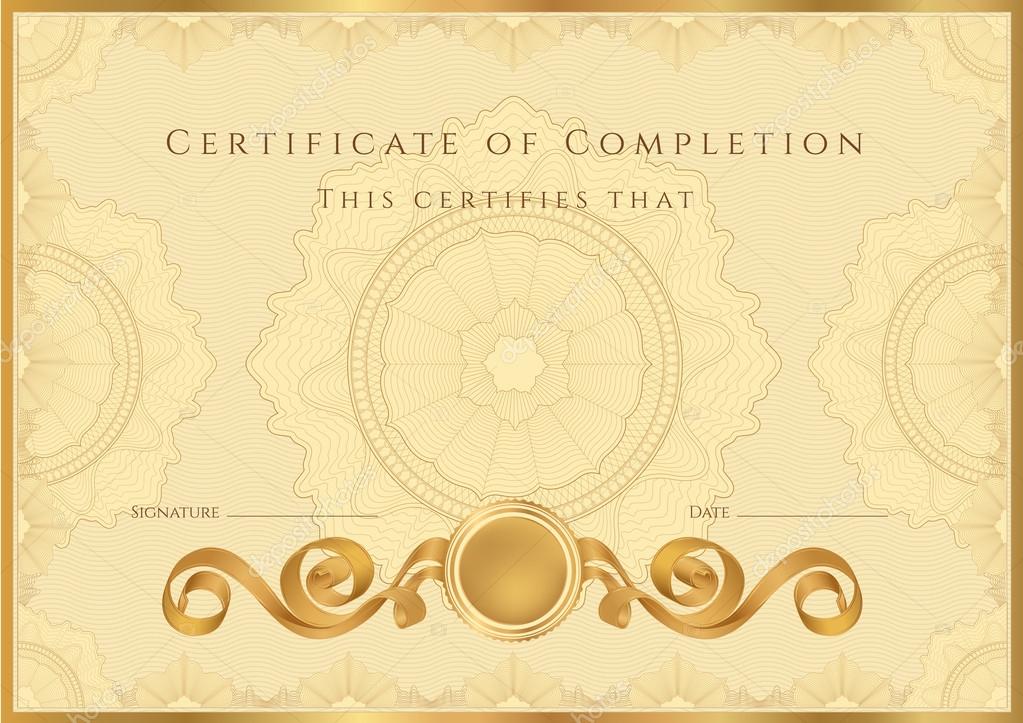[ITEM]

 [/ITEM]
[/ITEM]

ICT Illustrative Examples Database. The Alberta ICT program of studies emphasizes technology as a ‘way of doing. Math, Science and Social Studies as a base.
The curriculum framework for mathematics identifies beliefs about math, general and specific student outcomes, and illustrative examples agreed upon by the six jurisdictions of Western Canada (Manitoba, Saskatchewan, Alberta, British Columbia, Yukon Territory, and the Northwest Territories). The intent is to communicate clearly high expectations for students in mathematics education and facilitate the development of common learning resources. The Alberta Program identifies student outcomes organized within four strands. The strands form the foundation of the common framework and serve as connections across the grades. The strands with their substrands are as follows: Number--Number Concepts, Number Operations; Patterns and Relations--Patterns, Variables and Equations, Relations and Functions; Shape and Space--Measurement, 3-D Objects and 2-D Shapes, Transformations; and Statistics and Probabilility--Data Analysis, Chance and Uncertainty. The content is stated in terms of student outcomes that are measurable and identify what students are expected to know and do.
General outcomes identify what students are expected to know. Specific outcomes are given to identify the component knowledge, skills, and attitudes of a general outcome.
Illustrative examples are given to demonstrate the general and specific outcomes.  Modflow 2011 cracked.
Modflow 2011 cracked.
Over the next two years, Alberta is preparing what may well be the most dramatic overhaul of Canadian school curricula in modern times. Alberta students may rank among Canada’s top tier for performance, but by 2016, officials have nevertheless vowed that the “traditional” teaching methods of textbooks-and-chalkboards will be dead, replaced instead by a unstructured system design to craft “engaged thinkers,” “ethical citizens” and “entrepreneurial spirits.” “We’re changing everything,” says a perky voice in a two-minute Government of Alberta video outlining the new program. “We’re preparing [students] for a future we can’t imagine, and giving them the tools to succeed in work that doesn’t yet exist.” While Alberta is the most prominent example, it is only one of many recent converts to the concept of “discovery learning,” a system in which students would be left to learn on their own, with minimal teacher guidance.

But as planners enthusiastically advocated to take the fire-axe to more than a century of classroom norms, a cadre of opponents are warning that, without sufficient evidence, these schools may be making a terrible mistake. “It’s sort of the latest thing; there was hula-hooping, skateboarding and roller skating, and now there’s ‘21. St century education,’” said University of Manitoba math professor Robert Craigen, a prominent critic of discovery learning. “The idea with discovery learning is that the teacher doesn’t have any information for students; what the teacher has is a educational experience in which the student is faced with a problem, and by solving the problem they create knowledge,” he said. “In my view, it’s misguided to use this as your central paradigm with young children; children need structure and input.” In my view, it’s misguided to use this as your central paradigm with young children; children need structure and input Also known as “inquiry-based learning,” “constructivist learning” or “experiential learning,” the basic concept of discovery learning is to let students learn the curriculum on their own, without the need to be dictated facts by an instructor.
- Author: admin
- Category: Category
ICT Illustrative Examples Database. The Alberta ICT program of studies emphasizes technology as a ‘way of doing. Math, Science and Social Studies as a base.
The curriculum framework for mathematics identifies beliefs about math, general and specific student outcomes, and illustrative examples agreed upon by the six jurisdictions of Western Canada (Manitoba, Saskatchewan, Alberta, British Columbia, Yukon Territory, and the Northwest Territories). The intent is to communicate clearly high expectations for students in mathematics education and facilitate the development of common learning resources. The Alberta Program identifies student outcomes organized within four strands. The strands form the foundation of the common framework and serve as connections across the grades. The strands with their substrands are as follows: Number--Number Concepts, Number Operations; Patterns and Relations--Patterns, Variables and Equations, Relations and Functions; Shape and Space--Measurement, 3-D Objects and 2-D Shapes, Transformations; and Statistics and Probabilility--Data Analysis, Chance and Uncertainty. The content is stated in terms of student outcomes that are measurable and identify what students are expected to know and do.
General outcomes identify what students are expected to know. Specific outcomes are given to identify the component knowledge, skills, and attitudes of a general outcome.
Illustrative examples are given to demonstrate the general and specific outcomes.  Modflow 2011 cracked.
Modflow 2011 cracked.
Over the next two years, Alberta is preparing what may well be the most dramatic overhaul of Canadian school curricula in modern times. Alberta students may rank among Canada’s top tier for performance, but by 2016, officials have nevertheless vowed that the “traditional” teaching methods of textbooks-and-chalkboards will be dead, replaced instead by a unstructured system design to craft “engaged thinkers,” “ethical citizens” and “entrepreneurial spirits.” “We’re changing everything,” says a perky voice in a two-minute Government of Alberta video outlining the new program. “We’re preparing [students] for a future we can’t imagine, and giving them the tools to succeed in work that doesn’t yet exist.” While Alberta is the most prominent example, it is only one of many recent converts to the concept of “discovery learning,” a system in which students would be left to learn on their own, with minimal teacher guidance.

But as planners enthusiastically advocated to take the fire-axe to more than a century of classroom norms, a cadre of opponents are warning that, without sufficient evidence, these schools may be making a terrible mistake. “It’s sort of the latest thing; there was hula-hooping, skateboarding and roller skating, and now there’s ‘21. St century education,’” said University of Manitoba math professor Robert Craigen, a prominent critic of discovery learning. “The idea with discovery learning is that the teacher doesn’t have any information for students; what the teacher has is a educational experience in which the student is faced with a problem, and by solving the problem they create knowledge,” he said. “In my view, it’s misguided to use this as your central paradigm with young children; children need structure and input.” In my view, it’s misguided to use this as your central paradigm with young children; children need structure and input Also known as “inquiry-based learning,” “constructivist learning” or “experiential learning,” the basic concept of discovery learning is to let students learn the curriculum on their own, without the need to be dictated facts by an instructor.